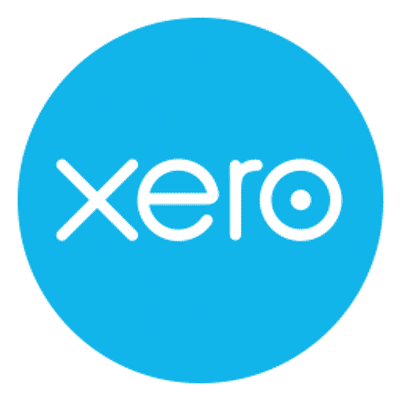Oracle EBS Financials is a Accounting Software. Oracle EBS Financials offers Revenue Recognition, Purchasing, Payroll, General Ledger, Fixed Asset Management and many more functionalities.
Some top alternatives to Oracle EBS Financials includes Quickbooks, Xero, Freshbooks, Sage Accounting (Sage One) and Unit4 ERP.
No, Oracle EBS Financials doesn't provide API.
No, Oracle EBS Financials doesn't provide mobile app.
Oracle EBS Financials is located in Redwood Shores, CA
Oracle EBS Financials offers Quotation Based pricing model
The starting price is not disclosed by Oracle EBS Financials. You can visit Oracle EBS Financials pricing page to get the latest pricing.





/logo_1622728934.296577.png)

/logo_1622728970.9158535.png)





